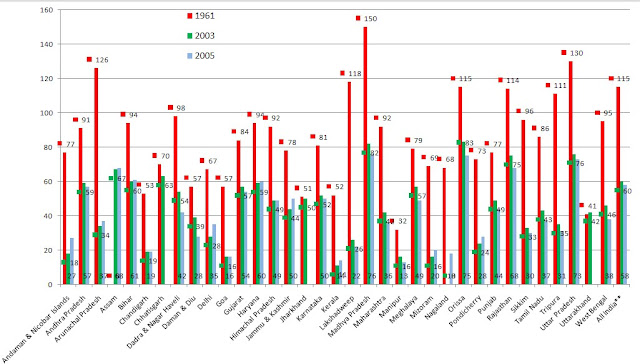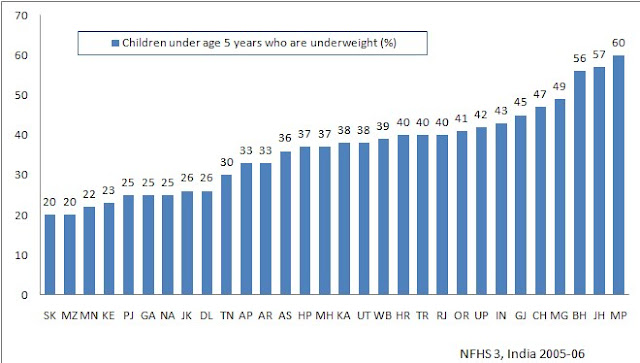1. MLAs' assets grow more than all other investments in India
According to analysis of affidavits done by the Association for Democratic Reforms and National Election Watch, the percentage rise in assets of re-contesting MPs in the 2009 Lok Sabha elections was 289%. In the recent assembly elections, ADR's comparisons based on assets of 337 re-contesting candidates from four states and one Union territory indicated an average increase of 71% to 195%. This is the increase recorded in the MLAs asset compared to the declaration in previous election.
Tamil Nadu topped the list with its 97 re-contesting MLAs having almost tripled their assets in the past five years, an increase of 195%. Assam was just a little behind with the average increase being 187% and Kerala another step back at 175%. Puducherry with an average of 136% growth in assets and West Bengal with 71% brought up the rear.
Article copied from IIK - Read more at http://www.indiansinkuwait.com/ShowArticle.aspx?ID=10840&SECTION=0#ixzz1MnN39E4q
The above is from the declared assets while one is still in the dark about those stashed abroad. And then we also have those on the "privileged" list who live on these elected representatives.
Do have a check on your MLA/MP and maybe you can keep a track of his/her "development" before the next election is due. The following site can help you in this.
http://myneta.info/
2. 59% of PDS grains do not reach households: World Bank
Despite India spending over two per cent of GDP in social protection schemes, returns in terms of poverty reduction are yet to reach full potential, a World Bank report has said, pointing to "high leakages" in PDS and "uneven implementation" of MNREGA across states.
According to the report "Social Protection for a Changing India", the effect of PDS on poverty reduction is low due to "high leakages to non-poor" and weak administrative features.
The following are excerpts from Global Monitoring Report 2011 by the World Bank:
Service delivery often fails the poor
A recent study reports results from surveys in which enumerators made unannounced visits to primary schools and health clinics in Bangladesh, Ecuador, India, Indonesia, Peru, and Uganda. They recorded whether they found teachers and health workers in the facilities.On average, about 19 percent of teachers and 35 percent of health workers were absent, and many teachers and health workers in their facilities were not working. Across Indian government-run schools, only 45 percent of teachers assigned to a school were engaged in teaching at any given time.
In India, even though most children of primary-school age were enrolled in school, 35 percent of them could not read a simple paragraph and 41 percent could not do a simple subtraction.
Another dimension of information for accountability, tested in two studies in India,yielded mixed results. In both studies, villagers were provided with information about their rights and responsibilities for education, provision and oversight. One part of the country showed no impact from providing information alone, and a different part of the country showed some impact on student learning through improved service provision by teachers. It seems clear that, although providing information for accountability to citizens may be important, it is ineffective to simply give communities information on school quality without also increasing their ability to take action.
The following shows the estimates of poverty reduction on a poverty line of $1.25 and $2.00 a day, by region:









